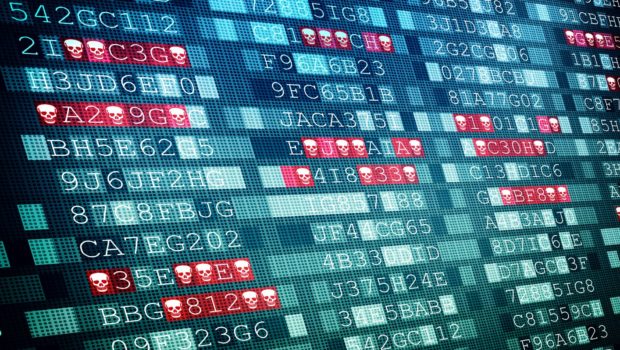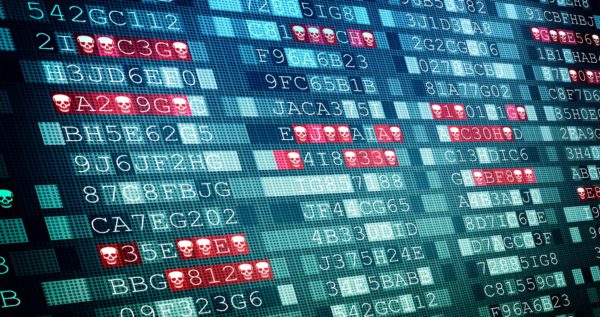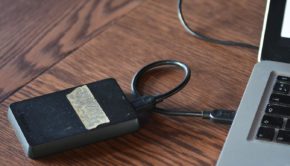Data Corruption: What Does It Mean, And How Can It Be Prevented
Tried to open a file that was just fine yesterday, but today, for no obvious reason, it responds with an error, claiming to be unreadable, inaccessible or lost? That means your user experience has been replenished with another data loss case that is just as common as unintentional deletion, namely file corruption.
Of course, it ain’t a big deal if it was only a music file that is opens no more; but if next time the same will happen to a vital work-related data, or an important e-contract that you don’t have a copy for? In the article below I suggest you to scrutinize the issue, and learn to prevent file corrupt in order to protect your data.
So, what a corrupt file is?
Simply put, your system is a massive of digital data that has a certain structure — as soon as its integrity is not violated, everything is functioning normally. However, in case it gets disrupted (by one of several reasons mentioned in the next paragraph), the right information is written in the wrong place, so the data inside of your files is garbled. As a result, you get a corrupted file that can’t be opened, or read by appropriate application.
Okay, and what causes files corrupt?
Bad Sectors
See, your hard drive is divided in sectors, and whenever you save a file, your computer is seeking a proper one to record the information. However, if the file is put to a “bad sector”, it’s more likely to become corrupt or inaccessible.
Bad sectors may appear as a result of physical damage (for instance, if your hard drive loses magnetism and ergo its ability to store data), or caused by bad parity checks on the disk.
To prevent bad sectors from appearing, it’s necessary to scan hard disks (such as the C Drive) from time to time in order to check for bad sectors, which can be done by right clicking on My Computer, then selecting Properties > Tools > and choosing Check Now option under the heading Error-Checking.
Lost Clusters
In computer systems, the smallest amount of disk space required to store a file is called a “cluster.” When the File Allocation Table (FAT) still shows clusters allocated to a file that was actually deleted from the computer’s directory listing — the clusters become “lost”, causing all the data saved to it be shown as “cross-linked” (even if the directory listing has already been removed).
Malware Attacks
There are viruses and malicious programs are able to erase files, change volume labels, mark clusters as bad in the FAT, mark normally functioning sectors as bad on the drive (corrupting all files recorded in that sector), create new divisions on the disk drive, or even infect the system registry.
The advice here is obvious: invest in a reputable antivirus software that will monitor your system for suspicious activity. Also, don’t neglect updating it to the newest version/patch as soon as it’s available to make sure its virus databases are actual.
System Failures
There’s a number of factors on a computer system that can cause system failures. Logical crashes (like complete shut down or the Blue Screen of Death) take place when applications (or programs) use conflicting memory, or when hardware is damaged.
A crash may occur if one application accesses another application’s allocated memory (when normally computer is allocating a portion of memory to each application separately). Same goes for the situations when a trusted program (for instance, hardware drivers) accesses another kernel program’s memory, resulting in a severe crash. In both cases, a file that’s being saved may become corrupt due to a sudden shutdown.
Physical Damage
Finally, damage dealt to the storage medium (such as a hard disk, thumb drive, or memory card), as well as overcooling/overheating, can just as easily render parts of a file physically unreadable, which, again, may cause an error as you try opening it, or turn the file into irreversibly distorted piece of data.
Got it. What can I do to prevent file corruption?
It’s obvious that you won’t be too stressed if you have a credible data recovery company on your mind, and know where to resort to in case of emergency — and so I highly recommend you Salvagedata recovery lab. Why? Because they combine exceptional professionalism with excellent customer support, offering their customers a quote for free examination of your case and No-Data, No-Charge policy, In addition, they have finials all across the USA. So, in the event of data loss, there’s no team as reliable as Salvagedata!
As to the prevention measures, there’s a few things you can do to protect important files from corruption, such as:
- Take proper care of your device. Don’t allow your computer to get too hot or cold; if you use a hard disk drive (HDD) instead of a solid state drive (SSD), avoid jostling, shaking or dropping it as more likely that will end up with severe damage to the device. Also, consider acquiring a surge protection system to guard your system from in case of severe power outages.
- Protect your system with a reliable antivirus software. It’s especially important when considering the integrity of your data.
- Set up a file backup schedule to make sure your system preserves all the important data (including program updates and patches) on a regular basis.
Do these three simple steps — and you’re good!










![Bring Your Case to Life [Infographic]](https://technofaq.org/wp-content/uploads/2016/08/Bring-Your-Case-To-Life-150x150.jpg)




